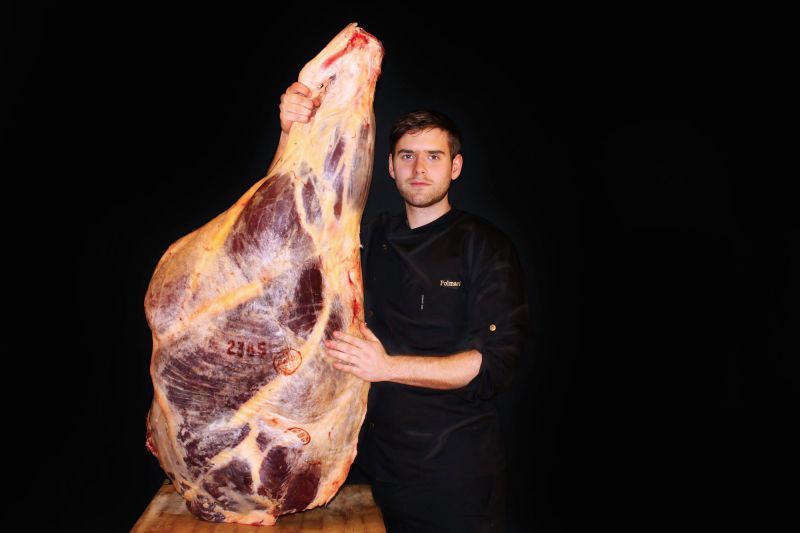World’s Most Expensive Meat
Through a fascinating process called “hibernation,” invented by France’s Polmard family, meat can be stored safely for any duration. Cold air is blown at speeds of 120 kilometers per hour over the beef in a -43°C environment. This innovative method allows for the preservation of a prestigious cut, with a vintage côte de boeuf (rib steak) costing as much as $3,200.
The Hibernation Process

Meet Alexandre Polmard

Blonde Aquitaine Cattle
However, not just any old cow will do. Polmard and his family raise Blonde Aquitaine cattle outside the small town of Saint Mihiel in the Meuse region of Lorraine, northeastern France. This breed is renowned for its exceptional quality, making it the perfect choice for the hibernation process.

Innovation in Meat Preservation
Moreover, Alexandre’s grandfather Robert and father developed the hibernation process in the 1990s, resulting in a revolutionary technique that takes meat preservation to a new level. The hibernation process not only enhances the flavor but also extends the shelf life of premium cuts.





